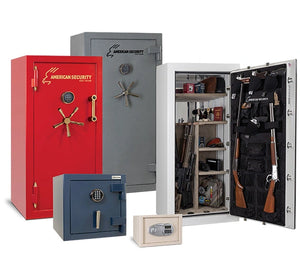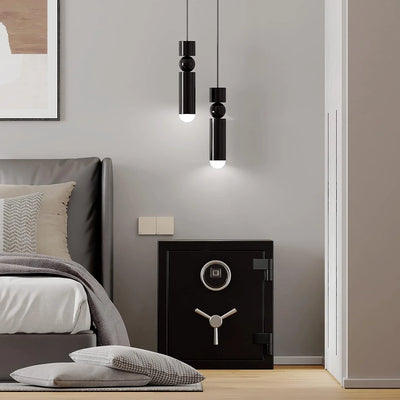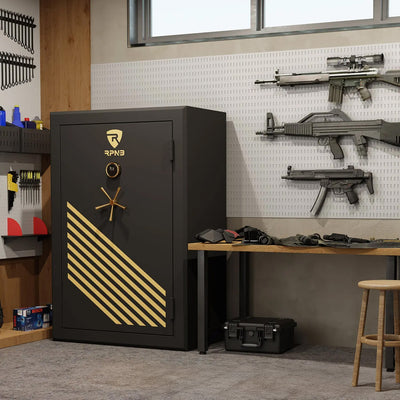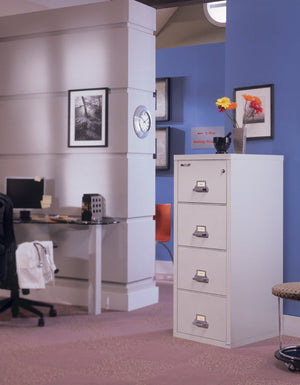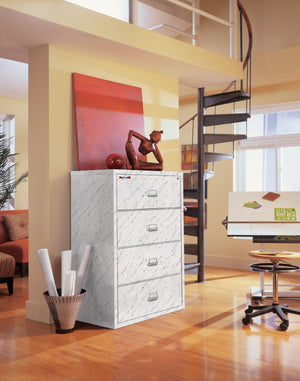
The Ultimate Guide to In-Floor Safes for Homeowners and Businesses
In the quest for the ultimate security solution for valuables, in-floor safes emerge as a top contender. Designed for homeowners and businesses alike, this guide delves into the essentials of in-floor safes, offering a comprehensive look at their benefits, installation, and more.
What Are In-Floor Safes?
In-floor safes, designed to be embedded in your property's flooring, are distinguished by their concealed installation and robust security features. These safes are typically installed within a concrete slab, making them integral to your building's structure. The most critical component in terms of burglary resistance is the door. Standard B-rated doors feature a 1/2" steel plate, while C-rated doors, with their 1" steel plate, offer enhanced protection. However, the latter may pose challenges for some homeowners due to the door's added weight. The body of these safes can be crafted from steel or polyethylene, the latter offering rust and water resistance and a design that grips the surrounding concrete, enhancing the safe's security by making it more challenging to remove.

Advantages and Disadvantages of In-Floor Safes
Advantages:
- Enhanced Security: Their installation in concrete makes these safes nearly immovable and extremely difficult for burglars to access.
- Fire Protection: The concrete encasement offers excellent resistance to fire, protecting your valuables from damage.
- Concealment: Being easily hidden under floor coverings, in-floor safes offer an out-of-sight solution for storing valuables.
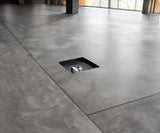


Disadvantages:
- Installation Challenges: The installation process can be labor-intensive, requiring specialized tools and potentially additional resources, such as professional installers, although not necessarily required.
- Accessibility Issues: Retrieving items from floor safes may be less convenient, particularly for everyday use.
- Permanent Fixture: Once installed, relocating these safes is a significant challenge.
Installation Guide
Installing an in-floor safe requires careful planning and execution to ensure its effectiveness and security:
- Test the Lock: Before installation, thoroughly test the lock mechanism to ensure it operates smoothly and reliably.
- Location Selection: Choose a discreet installation spot away from potential flood areas and ensure no underground utilities are in the way.
- Measurement and Marking: Accurately measure and mark the installation area on your floor.
- Cutting the Floor: Use tools such as a hammer drill, rotary hammer, or jackhammer to cut out the marked area.
- Safe Placement: Place the safe in the hole, ensuring it fits snugly and the door is level with the floor, leaving room for concrete encasement.
- Pouring Concrete: Pour a foundational layer of concrete into the hole before installing the safe, then fill all around the safe, ensuring at least 3" of concrete surrounds it for optimal security. Let the concrete solidify for 48 hours.
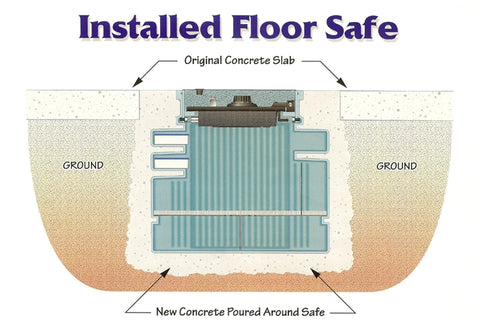
Professional Installation
While some homeowners may have the skills and tools to install an in-floor safe themselves, professional installation may be recommended for those lacking the time, tools, or experience for such a project.
Ideal Locations for In-Floor Safes
Choosing the right location is crucial. Basements, particularly in locked rooms, provide an ideal setting due to lower traffic and reduced discovery risk. While garages offer convenience, their higher burglary risk should be considered.
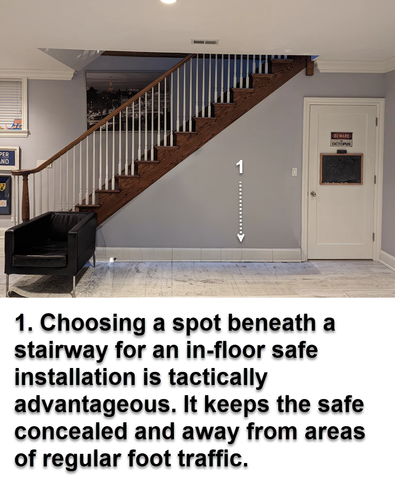
Lock Types on In-Floor Safes
In-floor safes feature various locking mechanisms, including dial combination locks, key locks, and electronic locks. Electronic locks offer convenience but may not be suitable for areas prone to water damage. Dial combination locks remain a popular choice for their reliability and durability.
Conclusion
In-floor safes offer unparalleled security, providing a sophisticated and highly effective way to protect your valuables from theft and fire. By carefully considering the installation process and choosing the right safe for your needs, you can ensure that your valuables are safeguarded with the utmost security. While the prospect of installing an in-floor safe may seem daunting, the long-term benefits of having a secure, concealed place for your valuables are invaluable. We encourage you to explore our comprehensive collection of in-floor safes to find the perfect solution for your security needs. Whether you're a homeowner or a business, our selection is designed to meet the diverse needs and preferences of all our clients.


